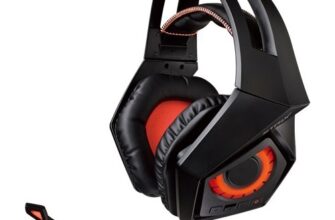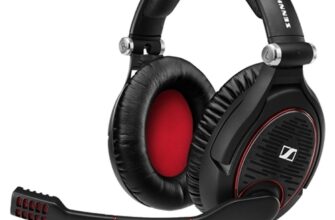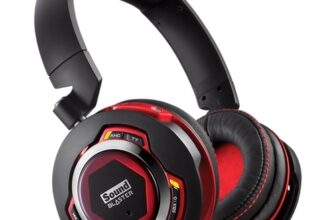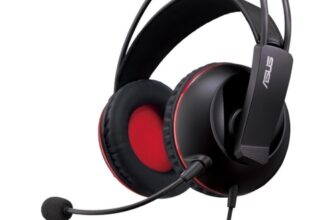When choosing a laptop for work, you first need to determine the specifics of the activity. After all, a computer does not need to be powerful for bookkeeping or making presentations, unlike a device where 3D modeling or graphics editing is planned.
How to choose a laptop for work: features to look out for

!
We recommend that you familiarize yourself with the experts' ratings of the best laptops for work.
When choosing a laptop for work, you will need to consider the following specifications:
-
Parameters that determine the performance of the device (processor, RAM, video card);
-
Parameters that determine the practicality of the device (hard disk size, display resolution and diagonal, webcam resolution);
-
Battery life;
-
Weight and dimensions.
It is worth considering right away that we will be talking about laptops here, not hybrids or ultrabooks.
Performance Parameters
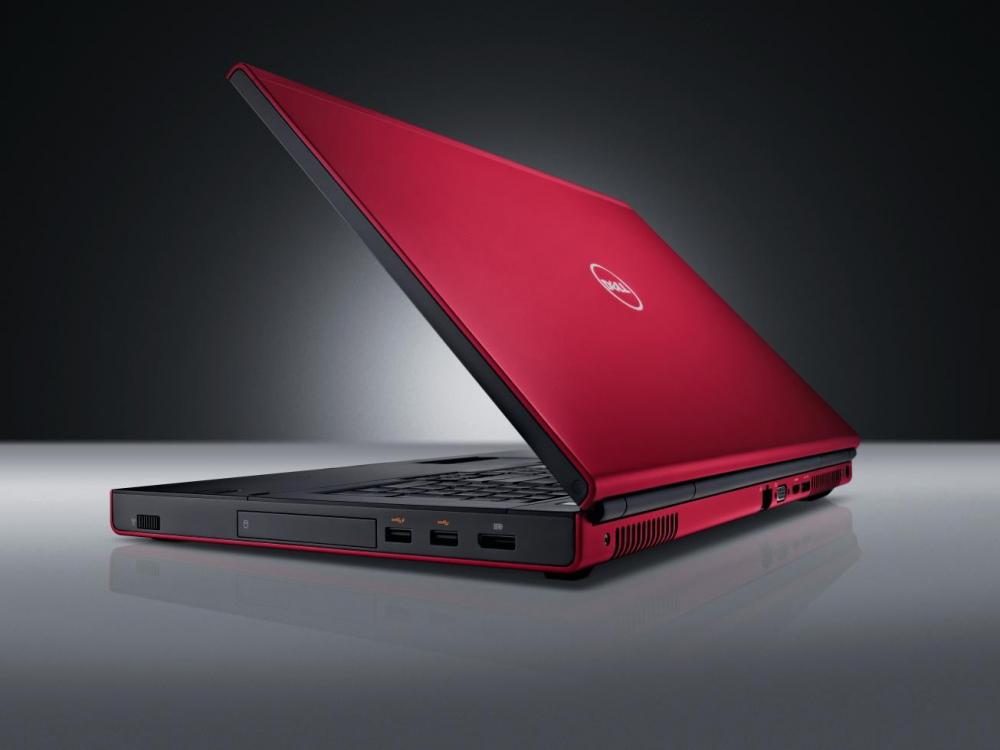
Not everyone needs high performance from a mobile computer. A laptop, like any other work tool, must fulfill its main task. And if, for example, the main form of labor activity of its owner is “hammering digits” in Excel, a configuration with a top processor and 16 GB of RAM will simply not be needed. But it will be needed by programmers, designers, architects and other professionals.
Three parameters affect laptop performance:
-
Processor 'power';
-
The amount of RAM;
-
The 'power' of the video card.
Which processor to choose a laptop with
The processor determines the direct performance of the computer. And therefore, the higher its clock speed and the more cores, the faster the laptop will work. However, it is worth considering the principle of 'reasonable sufficiency' – and the fact that the more efficient the processor, the more it heats up and discharges the battery. And, of course, more expensive.
For most office tasks, a processor from the Intel Atom, Pentium or Celeron series will suffice. However, you should not fall into extreme asceticism and purchase such a laptop. Better to take 'with a margin' – with a processor Intel Core i3 of the latest generations or i5 / i7 of the previous ones. However, they will drain the battery more than Atom or Pentium.
The amount of RAM determines how smoothly the computer will work under the load of several tasks. And 2 GB is clearly not enough now. It makes sense to buy a laptop with so much RAM only if it is planned to run only office applications on it and keep 1-2 tabs in the browser.
The normal amount of RAM for work is 4 GB. It is possible (and even recommended if finances allow) more. But no less.
It is worth distinguishing between integrated and discrete video cards (although in laptops they are all on the same board). The latter are needed only if the specificity of the activity implies the processing of graphics. And then such operations are best done on a desktop, not a mobile PC. Nevertheless, if a discrete video card is needed, then it is desirable that the volume of its video memory is at least 2 GB.
Parameters that determine practicality

A laptop for work should not only be 'nimble' enough, but also practical. And three parameters are responsible for this property:
-
Hard disk space;
-
Screen resolution and diagonal;
-
Video camera resolution.
The amount of data that can be stored on a laptop depends on the size of the hard disk. And, if we are talking about exclusively office activities and writing reports, then 32 GB is enough. However, it is worth 'taking with a margin' – about 200-320 GB. And the most optimal amount of permanent memory is 500 GB.
It makes sense to take configurations with 750 GB or even 1 TB only if you plan to store large databases or other files on your laptop.
The screen should be selected based on your preferences. The most optimal for work – 13.3 and 15.6 inches. A smaller diagonal will lead to the fact that some elements are too tiny, and a large one – to the loss of ease of transport.
High screen resolution is only necessary for professionals who are involved in the processing of graphics, video, 3D content, etc. For everyone else, 1366 × 768 pixels will suffice – quite standard for displays with an aspect ratio of 16: 9.
If the laptop owner often participates in video conferencing, it is advisable to purchase a device with a high-definition webcam. The optimal value of this parameter is 1.3 MP, the maximum is 2 MP. A webcam of even higher resolution is unlikely to be required, especially considering that other parameters also affect the picture quality.
Battery life
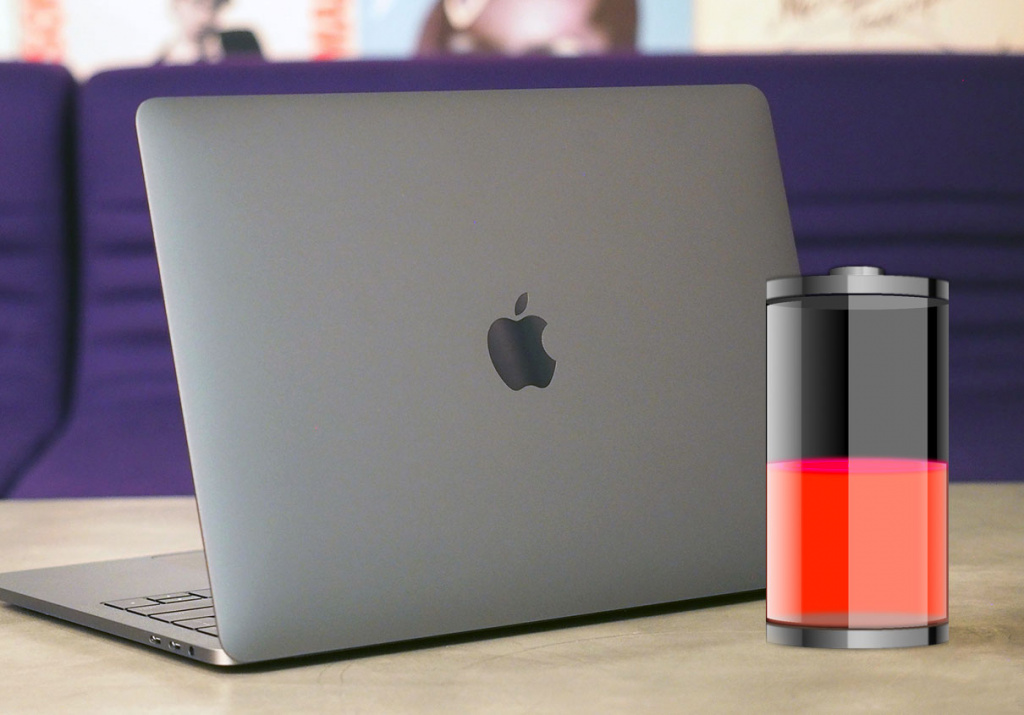
Battery life is very important, since it is not always possible to recharge a laptop. And three factors affect it – the intensity of computer use, its technical characteristics and battery capacity.
The more you use your computer, the more power it consumes. For example, one of the more resource-intensive 'activities' is watching online video in resolution Full HD over Wi-Fi with 100% screen brightness. Obviously, some kind of 3D modeling or running virtual machines will load the computer even more, while working exclusively in office applications will be weaker.
Different accessories for the same 'activity' will use different amounts of energy. So, in the above case with video viewing, the integrated video card will be more economical than the discrete one. Therefore, the more productive the laptop, the more current it consumes – and, obviously, the less 'lives' from the battery.
But the main parameter that determines the battery life is the battery capacity. For laptops that need to last at least 6-8 hours without plugging in, it should be at least 22,000 mAh or 40 W / h. However, it is worth remembering that different tasks load the laptop differently, and different components consume energy differently. So, for example, a 'hybrid' with Intel Atom can survive for 8 hours, even if equipped with an 8000 mAh battery.
Weight and dimensions
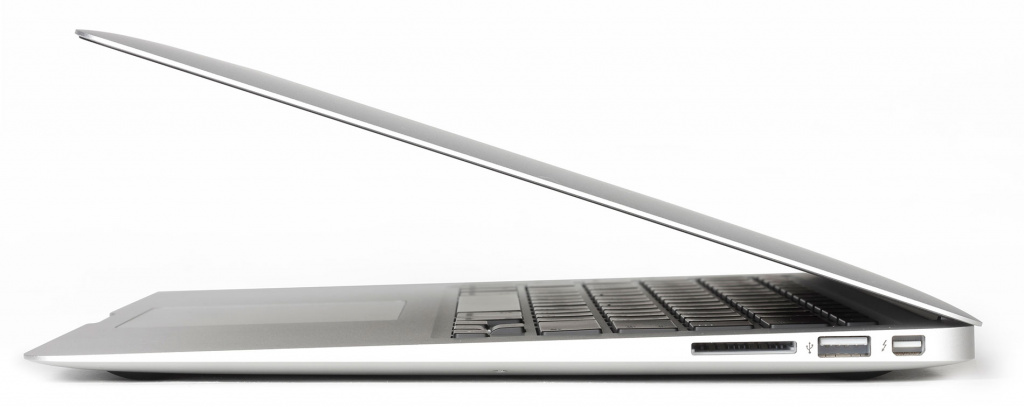
The most comfortable for everyday use, including work, are laptops with a screen diagonal of 13.3 or 15.6 inches. In addition, you can find many bags, backpacks and cases for them. Larger ones will be inconvenient to carry with you. And laptops with smaller screen sizes are somewhat impractical.
The optimal weight for the device that you plan to carry with you is 1-2 kg. The heavier ones are inconvenient, and the lighter ones are too expensive (except for hybrids on Intel Atom or similar configurations).
!
In the following articles, our experts tell you how to choose a laptop for home, the secrets of choosing a laptop for study, the main criteria for choosing a laptop for games, as well as our main expert to answer the question – which is better – a tablet or a laptop.
Attention! This material is the subjective opinion of the authors of the project and is not a purchase guide.


